Before you purchase a secondhand car, these are the telling signs to look out for to know if it's ever been in an accident
23 October 2019
| Last updated on 19 January 2020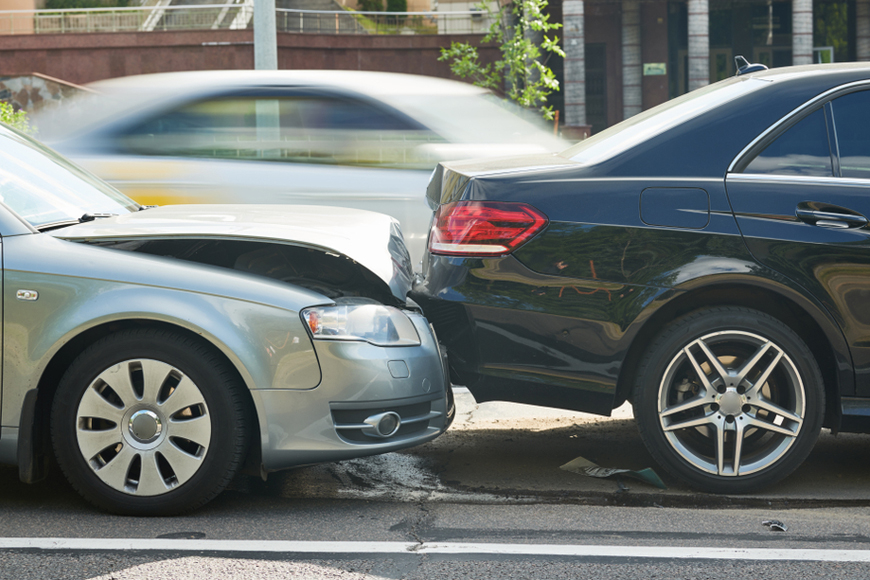
These are the secondhand car-buying warning signs you shouldn't ignore
If you're lucky enough to find the car of your dreams (or budget-friendly daydreams) at an affordable price, you may feel the pressure to make an offer right away.
Not so fast.
Like a house on sale that has skeletons in its closet, sometimes you need to know when to turn away from a big purchase.
Selling a used car can be quite stressful. The goal of a seller to make their vehicle look as good as possible in as a cost-efficient manner as possible, and it's quite easy to make a car look good after an accident. The cheapest and easiest things to do are paint, tires, interiors, and floors. As a buyer, you need to look beyond the cosmetics to see what its history is.
There are plenty of signs you should look for when you're looking to buy a secondhand car, here are the top 10 to keep an eye out for.
1. Paint in strange places
In photos and under good lighting, the vehicle's paintwork can appear like it doesn't have any issue. To get a better look at the paintwork, it's best to bring the car out to a well-lit place, like under sunlight.
Scrutinise the paintwork for inconsistencies including a slightly different shade, mismatching colours, and a variance of the finish (shine, matte).
2. Misalignment
A misaligned component on a car will point out that it may have been replaced or damaged. Car bumpers, door panels, trunk lids, fenders, etc. should always line up with the rest of the vehicle with evenly spaced gaps that are proportional.
If you run across a component that isn't matching another area, pay close attention to where everything attaches, if the paint matches to it, and if it lines up perfectly. If something looks odd, there's likely a reason why.
3. Look for replaced parts
Car parts are typically rather costly, so in some cases the owner will buy third-party components or mismatched parts for cheaper repair costs. Check with the seller when you notice such irregularities.
Replacing only the damaged parts of a car after a traffic accident is fairly common. If there's a part that looks new compared to other aged or worn parts, that's an obvious sign.
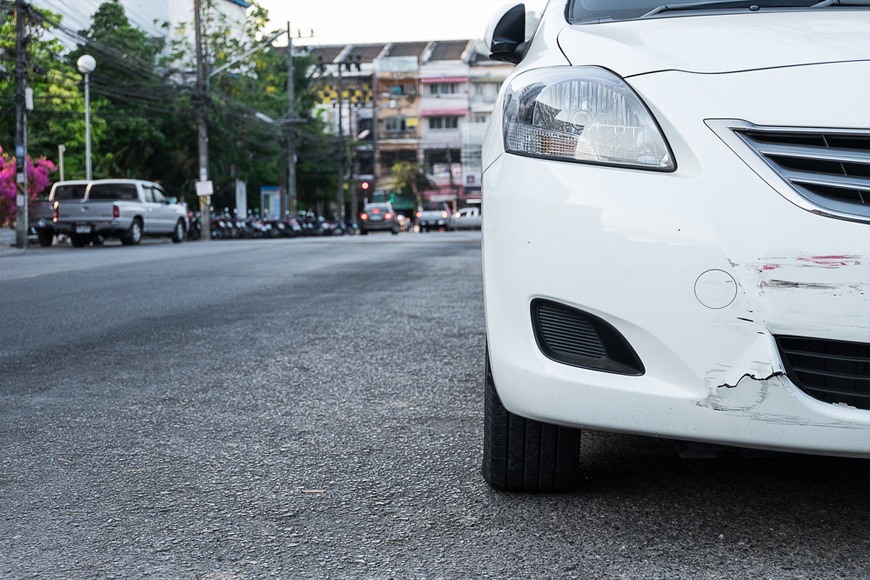
4. The secondhand car isn't driving straight
An obvious tip is to test drive the used car you want to buy in order to experience its features and check out any potential issues.
While test driving a vehicle and you notice that it's not able to keep straight, there might be something off with its alignment.
A blaring red problem is if the car has a bent frame. Avoid purchasing a car with a bent frame without demanding for a realignment to be done.
5. It has a fresh undercoat
An undercoat applied to the underbelly of a car helps protect it from sand, dust, rust, road grime, and general wear and tear. But as handy as it is, an undercoat can also be used to cover up recent repair work.
It's always best to clarify this by asking the seller if the car has met an accident before.
6. Cracks in the windshield
A basic issue that must be addressed with the seller once you spot it; cracks across the windows suggest that a car's been in a crash before or it faced some other problem.

7. Welding marks
When assessing a secondhand car, keep a lookout for irregular welding marks and sections that seem like they were stitched together.
In the event of a road crash, such as a car's boot getting rear-ended, some owners will scrap the damaged parts and swap it. This will involve a lot of welding.
8. The tyre wear isn't even
Uneven tyre wear could hint at something much more serious, such as a compromised chassis. A problematic one will work against the direction of the wheel, making the tyres experience varying forces.
It could also be the result of a botched suspension alignment setting.
9. Rusts and unpainted areas
Repair works after an accident may often require some welding. When welding, the paintwork must be removed so that it can be done properly. These sections, usually made from steel, will eventually rust over time if left unpainted.
10. Creased panels
The steel sheets that make up most of a car built can crease upon collision. A proper repair job will usually try and fix it to smoothen it out as much as possible, but a poor repair job might leave other areas still visibly creased.




.png?itok=HBSyMDok)









































































.png)
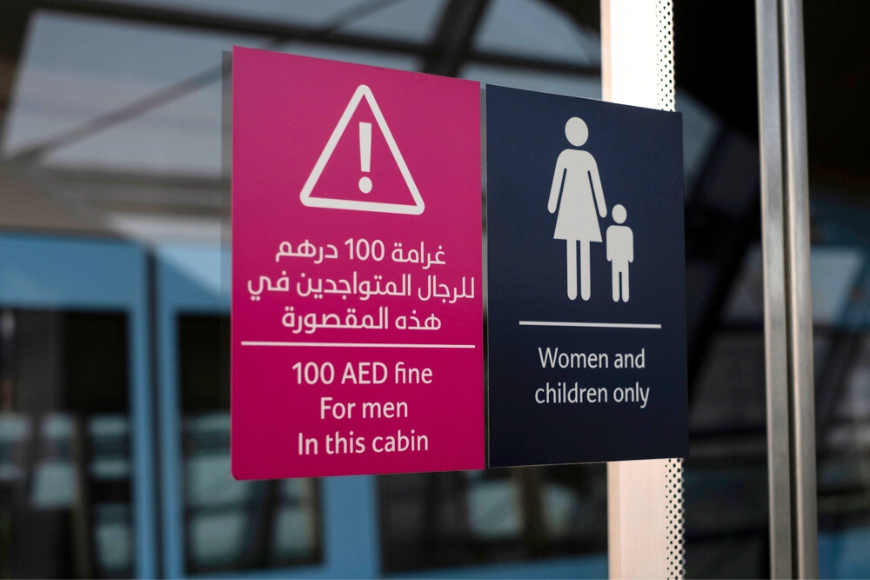

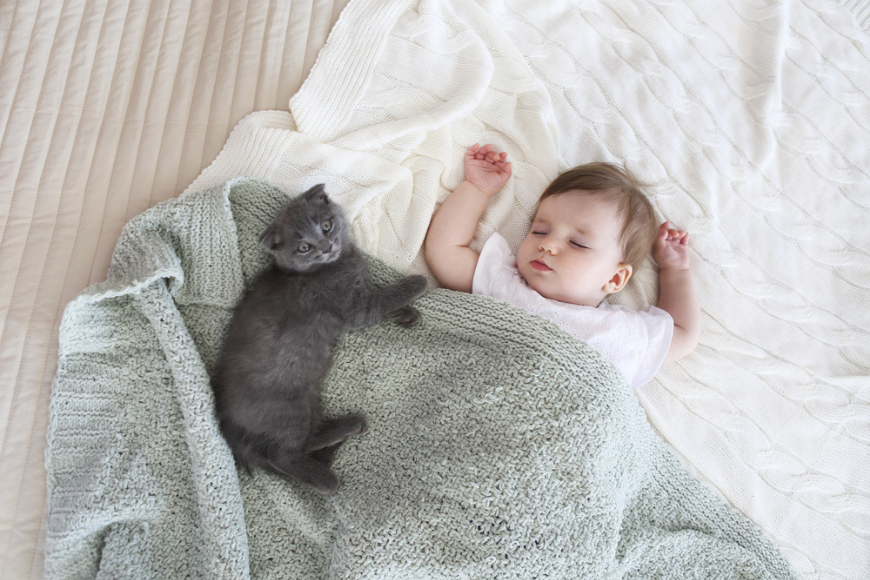
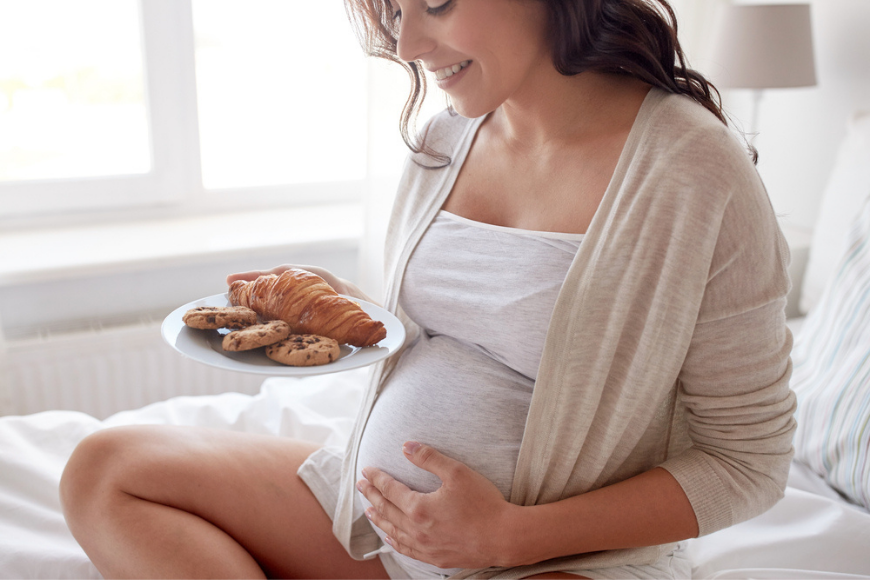

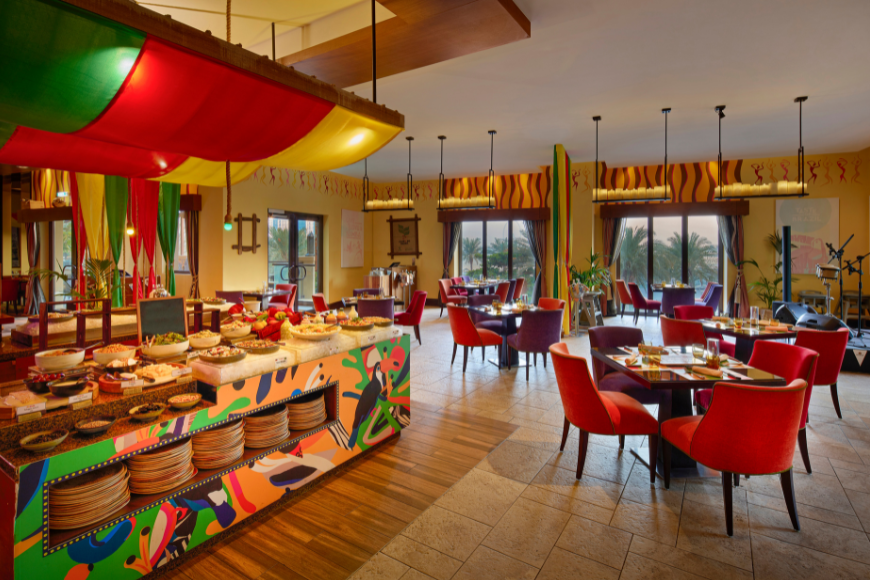
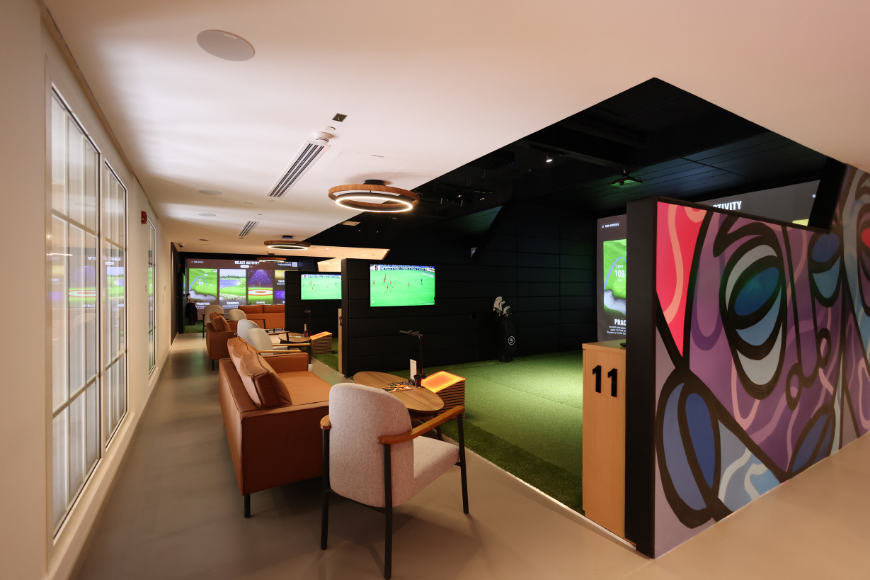






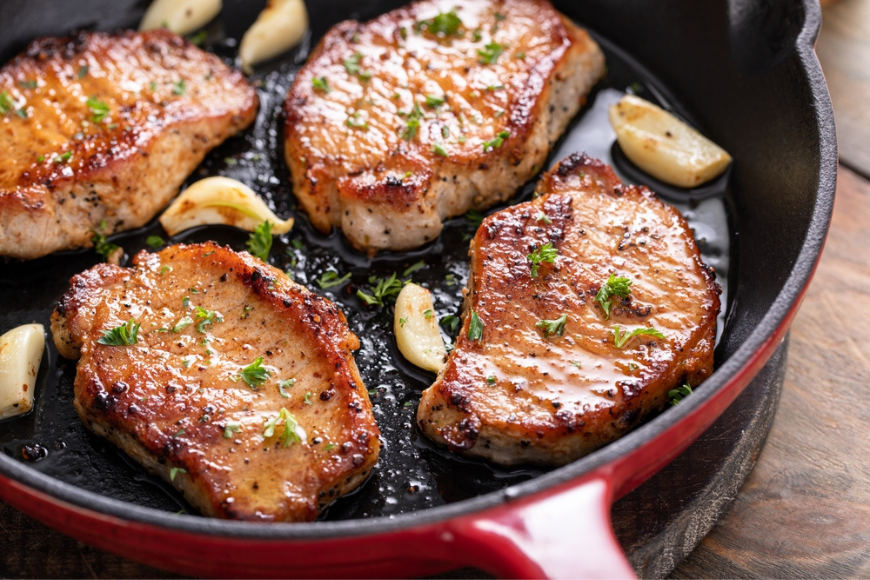













.png?itok=0fOAXkOm)

























.png?itok=EH_x0Pha)
